Content by Adam Varenhorst
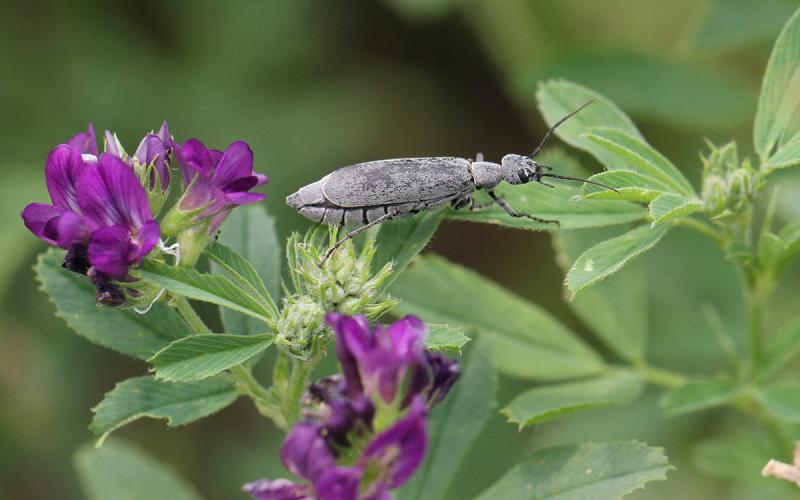
Watch for Blister Beetles in Later Alfalfa Cuttings
The frequent rain events experienced this summer has helped boost forage production. Although this is great for growers, the possibility of encountering blister beetles at harvest increases later in the summer.
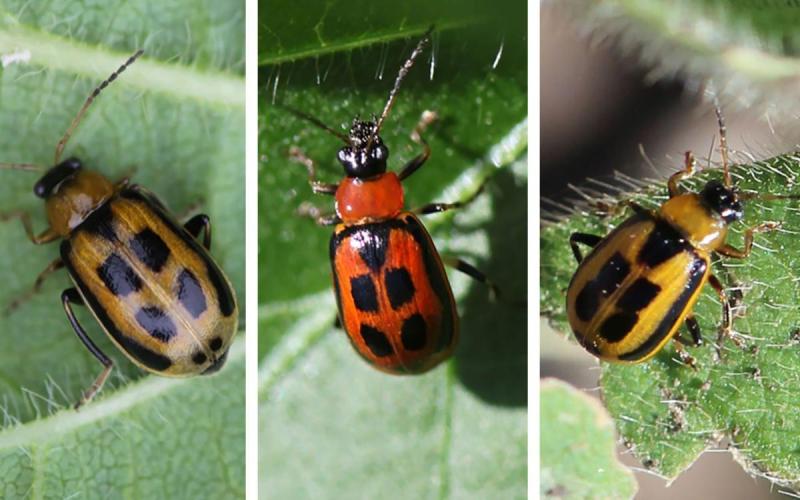
Bean Leaf Beetles Showing Up in Soybean
Despite the prediction of low overwintering survival we have observed bean leaf beetles in soybean this week. See our latest observations and management recommendations.
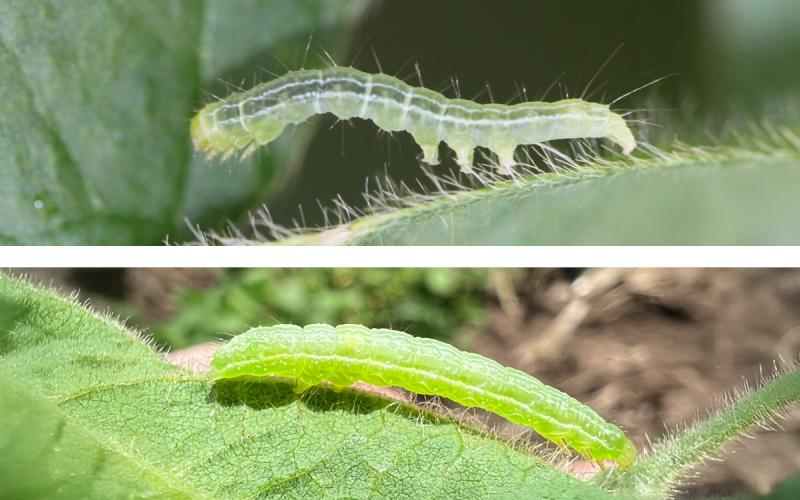
Green Caterpillars Causing Defoliation in Soybean
This week we observed several species of caterpillars in soybean fields. The most common species were the green cloverworm and the cabbage looper.

Update on Chlorpyrifos Use in South Dakota
As of June 30, 2025, the labeled uses for chlorpyrifos products for food and feed are limited to alfalfa, soybean, and wheat in South Dakota. Chlorpyrifos can no longer be used to treat sunflowers.
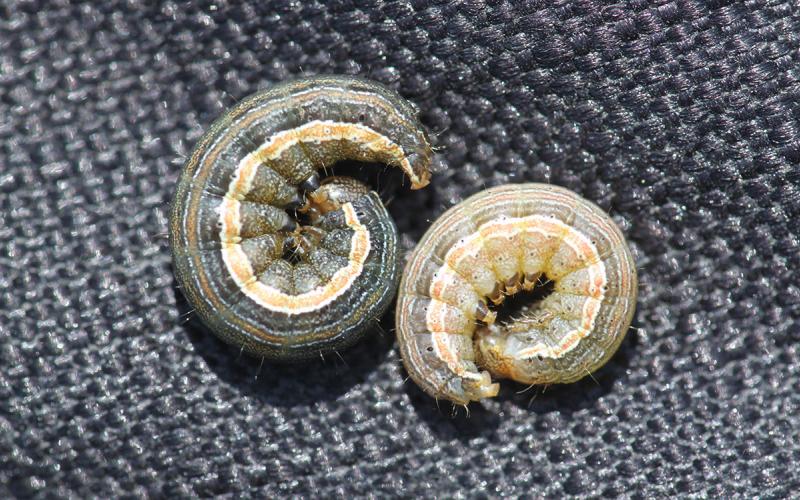
True Armyworm Caterpillars Are Active in South Dakota Wheat
We have received a few reports of true armyworm caterpillars in wheat that are heavily feeding on the leaves. The big concern with these pests is that they will also clip wheat heads prior to harvest, so scouting is necessary to ensure that they don't cause yield losses.
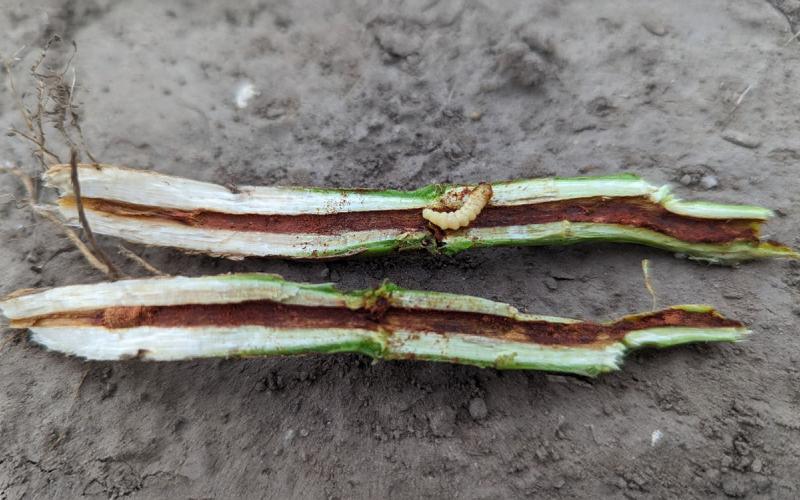
Dectes Stem Borer Adults Are Active in Soybean: 2025 Management Recommendations
Dectes stem borer adults have been collected from soybean in Southeastern South Dakota. The larvae of this pest are capable of reducing soybean yields by 10-15% due to tunneling activity in the main stem. Learn some tips for scouting and managing them this season.
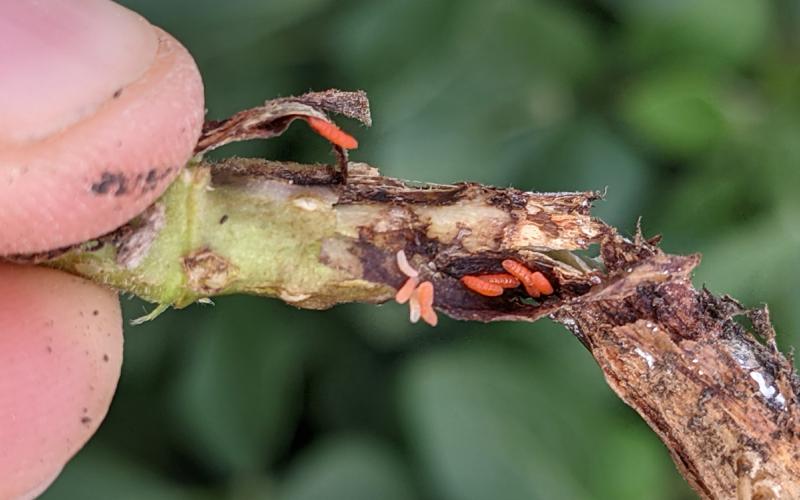
Soybean Gall Midge Larvae Detected in South Dakota
Soybean gall midge larvae have been detected in soybean in southeastern South Dakota. Scouting for fields with infestations may explain wilting or dying soybean along field edges.
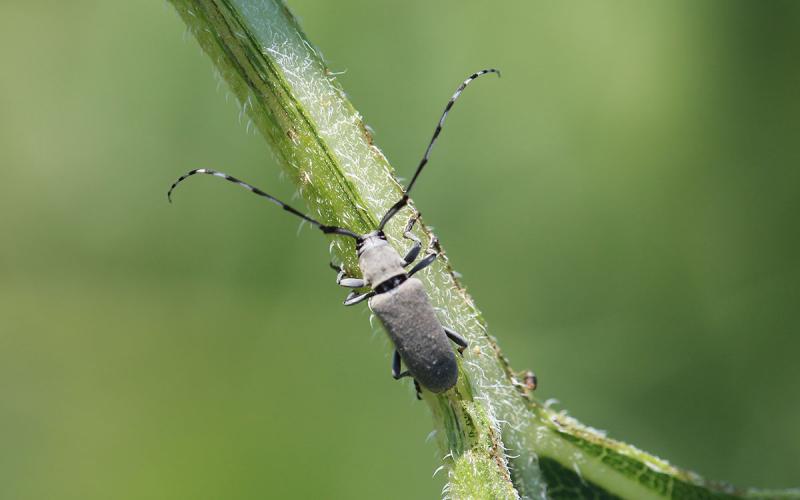
Dectes Stem Borer in South Dakota Soybeans
Fact sheet on Dectes stem borer in South Dakota soybeans
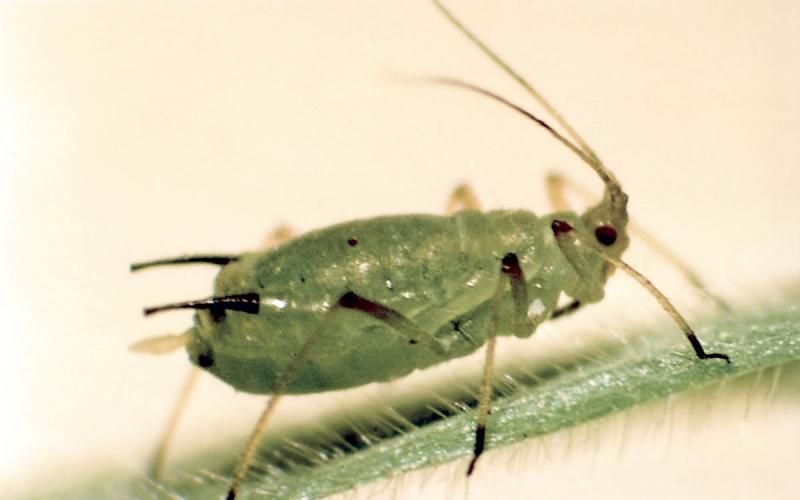
Aphid Populations Continue To Increase in Wheat
English grain aphid populations are continuing to increase in wheat. With increasing pressure, it is important to scout wheat fields to ensure that the populations do not cause yield loss.
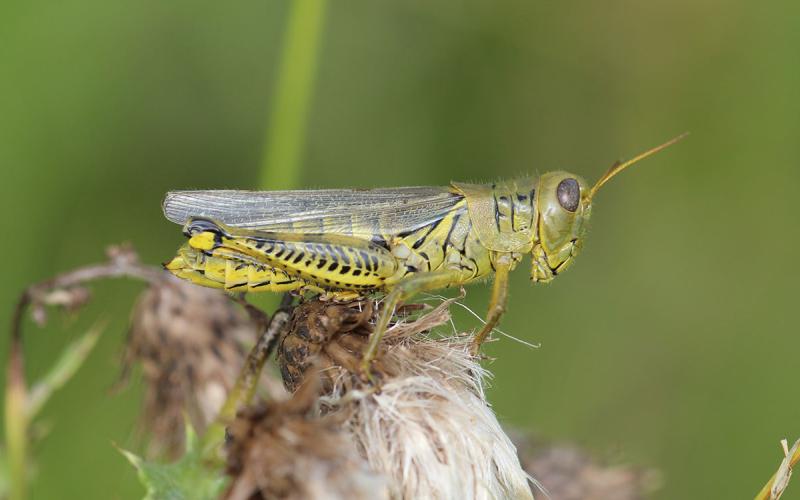
Survey of Grasshoppers in South Dakota
Fact sheet on the abundance and species diversity of grasshoppers in South Dakota